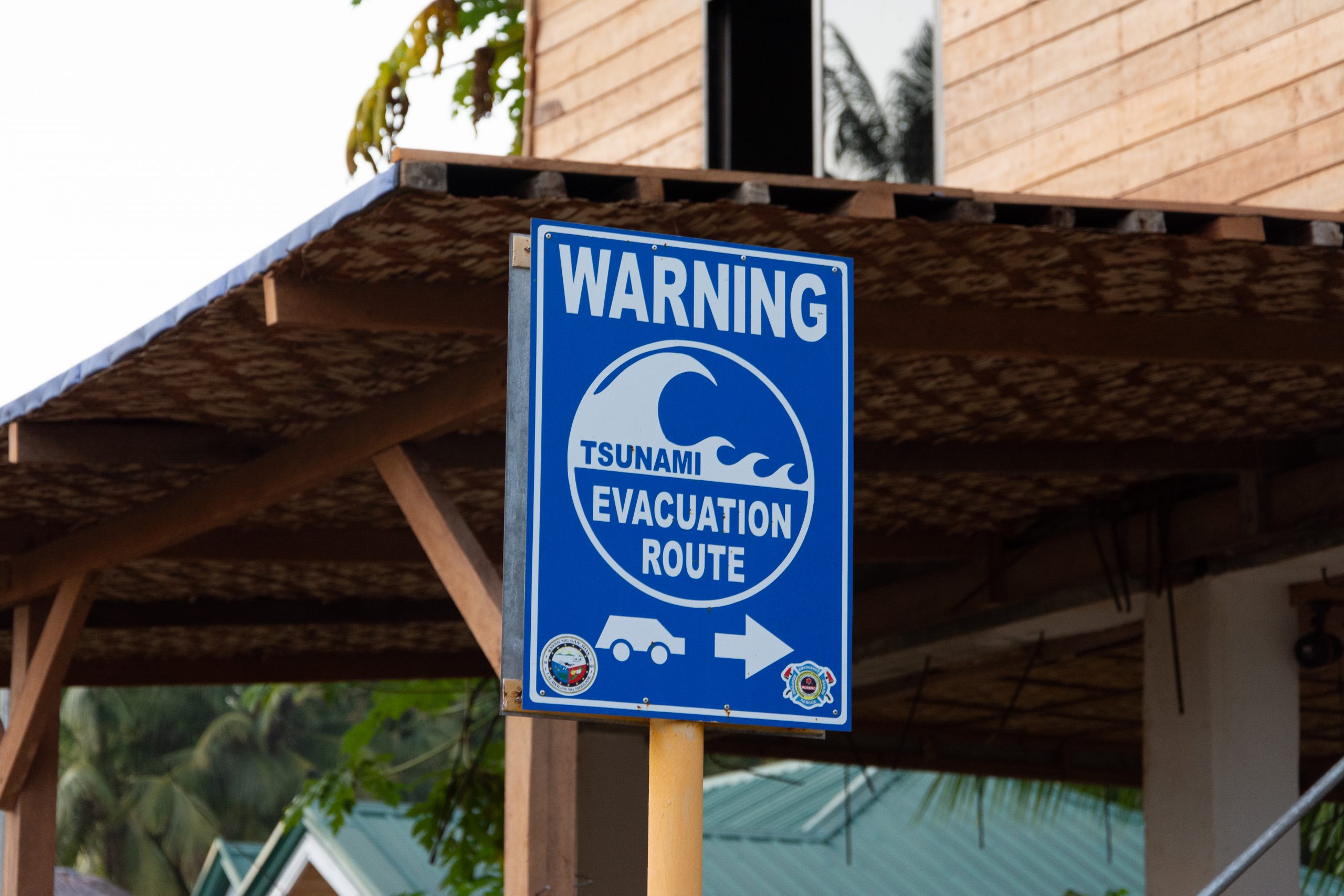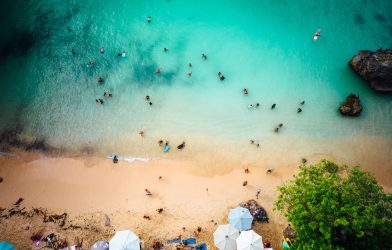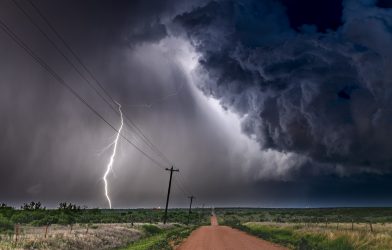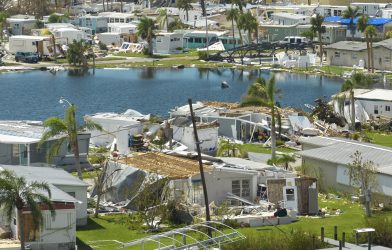A tsunami, often misnamed as a “tidal wave,” is a series of enormous ocean waves triggered by large-scale disturbances of the sea. Unlike regular sea waves formed by wind, tsunamis arise from underwater seismic activities such as earthquakes, volcanic eruptions, and underwater landslides.
Tsunamis begin with a sudden shift in the seabed caused by tectonic movements, explosive volcanic eruptions, or massive landslides. This abrupt displacement of water generates waves that can travel at astonishing speeds, up to 500 miles per hour, across vast ocean distances.
The 2004 Indian Ocean Tsunami stands as one of the deadliest natural disasters in history. Triggered by a massive 9.1 magnitude earthquake off the coast of Sumatra, it affected 14 countries and claimed over 230,000 lives.
Most Vulnerable Countries Today
Today, several countries remain particularly vulnerable to tsunamis due to their geographical locations and tectonic activity:
- Japan: Located in the Pacific Ring of Fire, Japan experiences frequent seismic activity, making it highly susceptible to tsunamis.
- Indonesia: Another Pacific Ring of Fire country, Indonesia’s numerous islands are often affected by underwater earthquakes and volcanic eruptions.
- Chile: With its long coastline and proximity to tectonic plate boundaries, Chile faces significant tsunami risks.
- Philippines: Frequent earthquakes and volcanic activity put the Philippines at constant risk.
- United States (West Coast and Hawaii): The Pacific Northwest and Hawaii are vulnerable due to their positions along tectonic plate boundaries.
Tsunami Forecasts and Predictions
While predicting the exact timing of a tsunami remains challenging, scientists use historical data and current seismic activity to identify high-risk areas. For example:
- The Pacific Northwest, USA: Studies suggest a high probability of a major earthquake and subsequent tsunami in the Cascadia Subduction Zone within the next 50 years.
- Indonesia: Continues to face high risks due to ongoing tectonic activity, particularly around the Sumatra and Java regions.
- Japan: Monitoring indicates a likelihood of significant seismic events along the Nankai Trough, which could generate tsunamis affecting the southern coast.
Preparing for Tsunamis
Knowing the signs of an impending tsunami can be life-saving. These natural warning signals include the sudden retreat of ocean water, an unusual roaring sound from the sea, and ground shaking from an earthquake. Having an emergency kit ready with essentials like water, non-perishable food, and first-aid supplies can make a significant difference. Equally important is having a well-practiced evacuation plan; identifying safe, elevated areas and routes can save crucial minutes during an emergency.
The 2011 Tōhoku Tsunami in Japan, caused by a 9.0 magnitude earthquake, led to widespread devastation and the Fukushima nuclear crisis, underscoring the long-term impacts of such catastrophes.
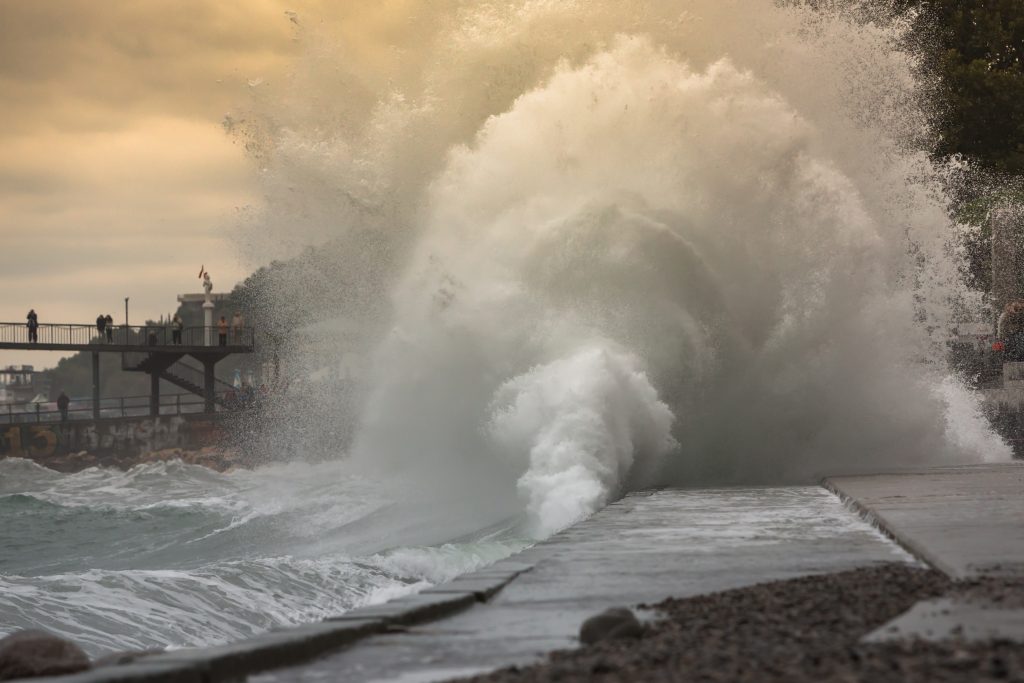
The Impact and Aftermath
Tsunamis wreak havoc on coastal communities, causing immense destruction of property and loss of life. The immediate impacts are devastating: buildings flattened, trees uprooted, and entire neighborhoods washed away. The long-term effects are equally challenging, disrupting local economies, particularly those reliant on tourism and fishing, and causing severe environmental damage. Saltwater inundation can ruin freshwater supplies and agricultural lands, while debris and pollutants harm marine and coastal ecosystems.
Recovery after a tsunami is a long, arduous process involving rebuilding infrastructure, providing aid to affected populations, and implementing future risk mitigation measures. Communities often face years of recovery efforts to restore normalcy and rebuild their lives.
Modern technology and scientific research have significantly improved our ability to predict and respond to tsunamis. Early warning systems, like the Pacific Tsunami Warning Center (PTWC), utilize a network of seismic and sea-level monitoring stations to detect potential tsunamis and alert authorities and the public promptly. These systems are crucial in providing people with the time needed to evacuate and seek safety.
Research continues to advance our understanding of tsunamis, with scientists using computer models to simulate tsunami scenarios. This helps identify vulnerable areas and develop more effective response plans. Ongoing studies also focus on the behavior of tsunamis to enhance prediction accuracy and improve preparedness measures.
Education and awareness are key to tsunami preparedness. Schools and community programs play a vital role in teaching people how to recognize warning signs and respond effectively. Personal stories from tsunami survivors can highlight the importance of being prepared and resilient, making the threat more relatable and urgent for everyone.
Tsunamis are a powerful reminder of nature’s force, but with proper understanding and preparation, their devastating effects can be mitigated. By staying informed, having an emergency plan, and supporting scientific research, we can enhance our resilience against these formidable waves. Stay aware, stay prepared, and stay safe.






